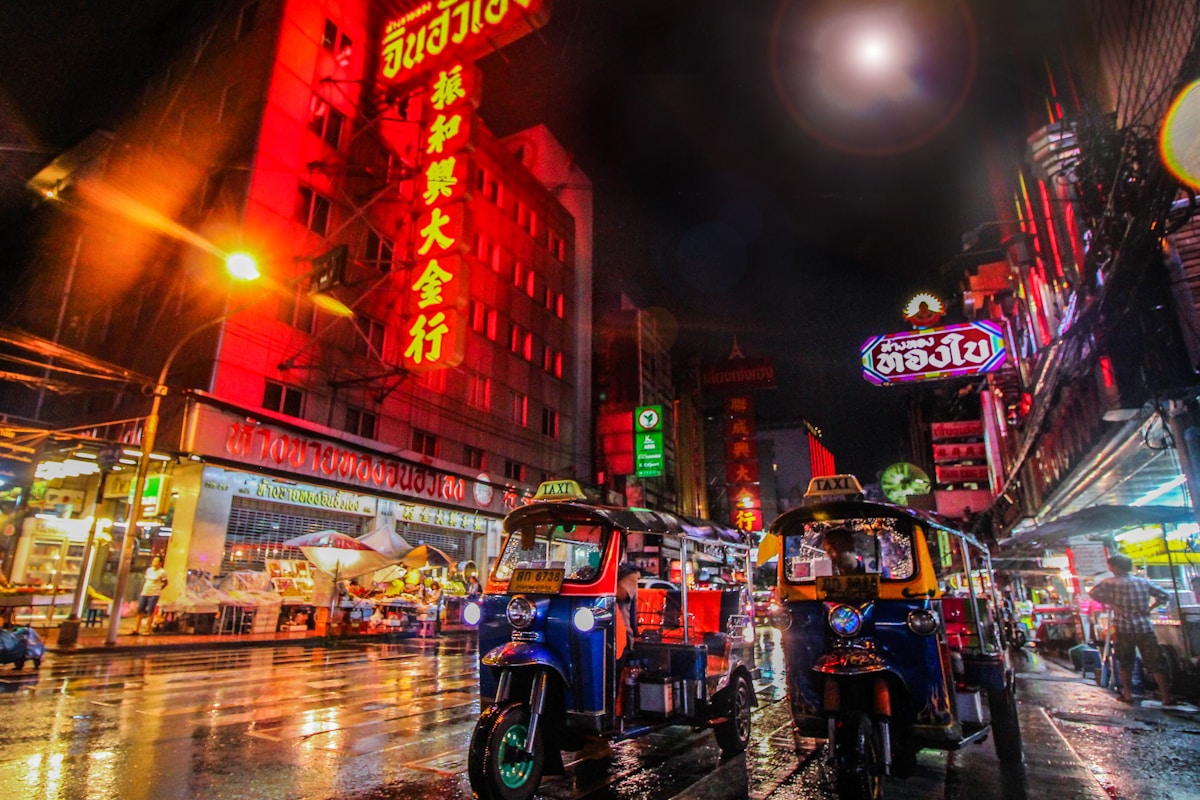Thailand is one of the most popular destinations in Southeast Asia. With beautiful countryside, it’s on everyone’s list as a must-visit and must-stay. Whether you are a budget traveler or prefer to spend a little extra and treat yourself, a digital nomad making your way through the world, or an expat looking to spend your retirement years in relaxation it has something for everyone.
What makes it appealing is the wide diversity of cultures you can find here. It’s the mix of what you can learn and what’s new that makes it so desirable. There are plenty of adventures to have in Thailand. While making my way through the Thailand province of Chiang Mai, we stopped at the small village of Santikhiri on a single dirt road. This is where I first met and learned about the Kayan, or “Longneck” people.
I also learned that this part of the Thailand tour continues to be a hot topic. Most tourists might not give it a second thought and tourist agencies will include a stop here as part of the itinerary but you should take the time to do a little more research in your destinations and learn more once you arrive.
Background

Originating in Myanmar, or Burma, this ethnic sub-group migrated across the border to Northern Thailand because of civil conflict and persecution. Once they arrived in Thailand, refugee camps were set up to help. There are half-dozen different hill tribes within the Thailand borders.
The Kayan custom of wearing rings that leave an appearance of a longer neck became of interest. Some say it is to protect the neck from a tiger attack as that is where the animal usually chooses to strike. While others state it was to decrease or increase the beauty of the individual. For now, there seems to be no definitive reason behind it but it is still maintained as part of the culture. From this increased interest eventual tourism villages were set up by the government and it became the new normal to help support them through tourism interests.
The Kayan population has slowly been decreasing in the northern provinces of Thailand’s Chiang Rai and Chiang Mai due to the lack of travel and the deprived tourist economy over the last several years. Some of the refugee population also made plans to be relocated back to Burma as the government has shown interest on cashing in with the tourism trade they could provide.
The refugees and their descendants continue to maintain their traditions in the modern world while attracting travelers from all over to help support their economy. This is the reason it has become so controversial whether or not to continue this practice in the current climate. Due to the laws of Thailand, foreigners are limited to a number of jobs if they can be performed by a natural citizen. With so few options, most had to join the tourist trade in Thailand.
The Longneck Village


The small village was artificially created for the sole purpose of bringing in tourists. Yet you may find it erreily deprived of visitors except for the ones you came with. This shows that this kind of tourism is just popular enough to etch along but don’t expect it to be filled with crowds. There are several different villages scattered around Chiang Mai and Chiang Rai made up of different designs and size to accomodate.
The dwellings of the Longneck tourist village were all constructed from logs, thatch, and bamboo. There is no concrete or stone used in building the village. A number of the buildings had been put up by large stilts. Others remained on the dirt ground. They want to sell you on how rural and out of the way this place is and these people are.
How they live in a modern world

They have adapted to modernization and outside-world contact as best they can but are still limited in a lot of different ways. Little to no electricity, health care, paved roads, or higher education opportunities. In terms of transportation, they are severely limited in where they can travel to within the region, mostly only to other tourist villages or the refugee camp.
How they earn their income is mostly through the tourists that visit daily in what is essentially an outdoor gift shop. They do this change by selling several handicrafts and placing themselves in photo opportunities to accommodate the tourists. Part of the earnings are given to the tribe as a whole but not entirely. So if you choose to go this is the best way to help support them by paying directly with a souvenir.
Is it ethical to visit the Longneck Village as a tourist?
This comes down to where you draw the line between ethical travel and tourism practices. It is similar to the Native Americans in the United States or Maori in New Zealand. They spend part of their time in traditional clothing for the tourists and teach them about the customs and traditions of their people for tourists.
Tourism is the biggest part of their ability to survive. Without the income it provides, it can make a bad situation even worse. Even the inhabitants are split between keeping the traditions and cultures alive in Thailand and aspiring to be brought forward into a more modern society if given the opportunity.
I hope you were able to learn a bit about this proud culture. Please check out our other articles here about my travels around the world.




